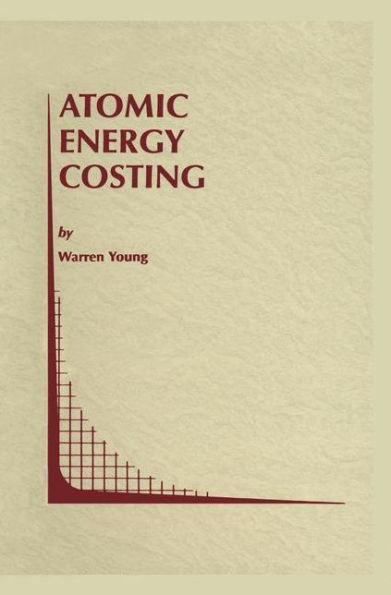5
1
9780792383291


Atomic Energy Costing / Edition 1 available in Hardcover

Atomic Energy Costing / Edition 1
- ISBN-10:
- 079238329X
- ISBN-13:
- 9780792383291
- Pub. Date:
- 11/30/1998
- Publisher:
- Springer US
- ISBN-10:
- 079238329X
- ISBN-13:
- 9780792383291
- Pub. Date:
- 11/30/1998
- Publisher:
- Springer US
109.99
In Stock

Product Details
| ISBN-13: | 9780792383291 |
|---|---|
| Publisher: | Springer US |
| Publication date: | 11/30/1998 |
| Series: | Topics in Regulatory Economics and Policy , #29 |
| Edition description: | 1998 |
| Pages: | 125 |
| Product dimensions: | 6.10(w) x 9.25(h) x 0.01(d) |
From the B&N Reads Blog
